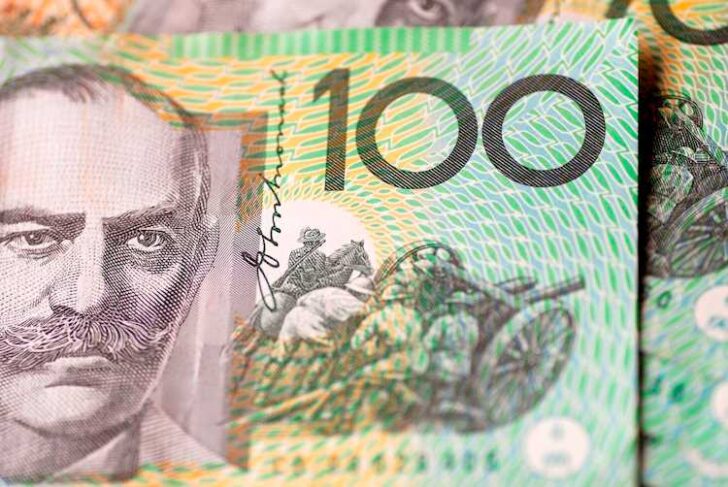- Australian Dollar faced challenges due to the lower ASX 200 Index on Wednesday.
- Australian Industry Group Industry Index improved to a reading of -5.3 from -14.9 prior.
- China’s Services PMI improved to 52.7 in March, compared with the previous reading of 52.5.
- US Dollar could receive downward pressure following dovish remarks from Fed officials.
The Australian Dollar (AUD) seems to retrace its recent gains on Wednesday. However, the US Dollar (USD) experienced depreciation due to downward pressure on US Treasury yields, consequently providing support to the AUD/USD pair. Additionally, the decline in the ASX 200 Index contributes to pressure on the AUD.
The Australian Industry Group (AiG) Industry Index showed improvement in February, rising to a reading of -5.3 from the previous -14.9. Similarly, the AiG Manufacturing PMI came in at -7, compared to the prior reading of -12.6. According to Westpac’s summary of the Reserve Bank of Australia (RBA) March meeting minutes, the current cash rate level is considered suitable for the present circumstances, although conditions may change in the future.
The US Dollar Index (DXY) encounters obstacles following dovish remarks from Federal Reserve (Fed) officials. Cleveland Fed President Loretta Mester indicated on Tuesday her anticipation of rate cuts later this year. Concurrently, San Francisco Fed President Mary Daly expressed her view that three rate cuts in 2024 appear “reasonable,” contingent upon further convincing evidence to solidify such a decision.
Daily Digest Market Movers: Australian Dollar depreciates on weaker ASX 200
- AiG Construction PMI posted a reading of -12.9 in February against the previous -18.4 reading.
- Australia’s TD Securities Inflation (YoY) came in at 3.8% in March, against the previous increase of 4.0%.
- Melbourne Institute’s Monthly Inflation Gauge increased by 0.1% in March, following a decrease of 0.1% in the previous month.
- ANZ Job Advertisements declined by 1.0% in March, compared to the previous decline of 2.1%.
- RBA March minutes showed that the board did not contemplate the option of raising interest rates. They unanimously agreed that it was challenging to definitively predict future changes in the cash rate. While the economic outlook remained uncertain, the risks appeared to be generally balanced. The board acknowledged that it would require “some time” before they could express confidence in inflation returning to the target level.
- On Monday, China’s Caixin Manufacturing PMI came in at 51.1, against the expected 51.0 and 50.9 prior.
- China’s National Bureau of Statistics (NBS) announced on Sunday that the monthly NBS Manufacturing PMI rose to 50.8 in March from 49.1 in the prior month. Additionally, the NBS Non-Manufacturing PMI increased to 53.0 in March from 51.4 in February.
- US President Joe Biden engaged in a phone conversation with Chinese leader Xi Jinping sometime after November. During the call, the two leaders had an open and constructive dialogue covering various bilateral, regional, and global topics, addressing both areas of collaboration and points of divergence.
- Treasury Secretary Janet Yellen is set to visit China this week, where she will hold meetings with China’s Finance Minister, as well as engage with economists, students, and members of the business community.
- US ISM Manufacturing PMI indicated a surprise expansion in March, as the index climbed to 50.3 in March from February’s 47.8, surpassing expectations of 48.4. This reading marked the highest level observed since September 2022.
- US ISM Manufacturing Prices Paid increased to 55.8 in March, compared to the expected 52.6 and 52.5 prior.
Technical Analysis: Australian holds position above psychological level of 0.6500
The Australian Dollar hovers around 0.6510 on Wednesday. Immediate support is seen around the psychological level of 0.6500. A breach beneath this mark may lead the AUD/USD pair towards the vicinity of March’s low at 0.6477 and the significant level of 0.6450. Conversely, key resistance is noted at the 23.6% Fibonacci retracement level of 0.6525, followed by the 14-day Exponential Moving Average (EMA) at 0.6530. Additional resistance is situated at the major level of 0.6550.



Leave a Reply